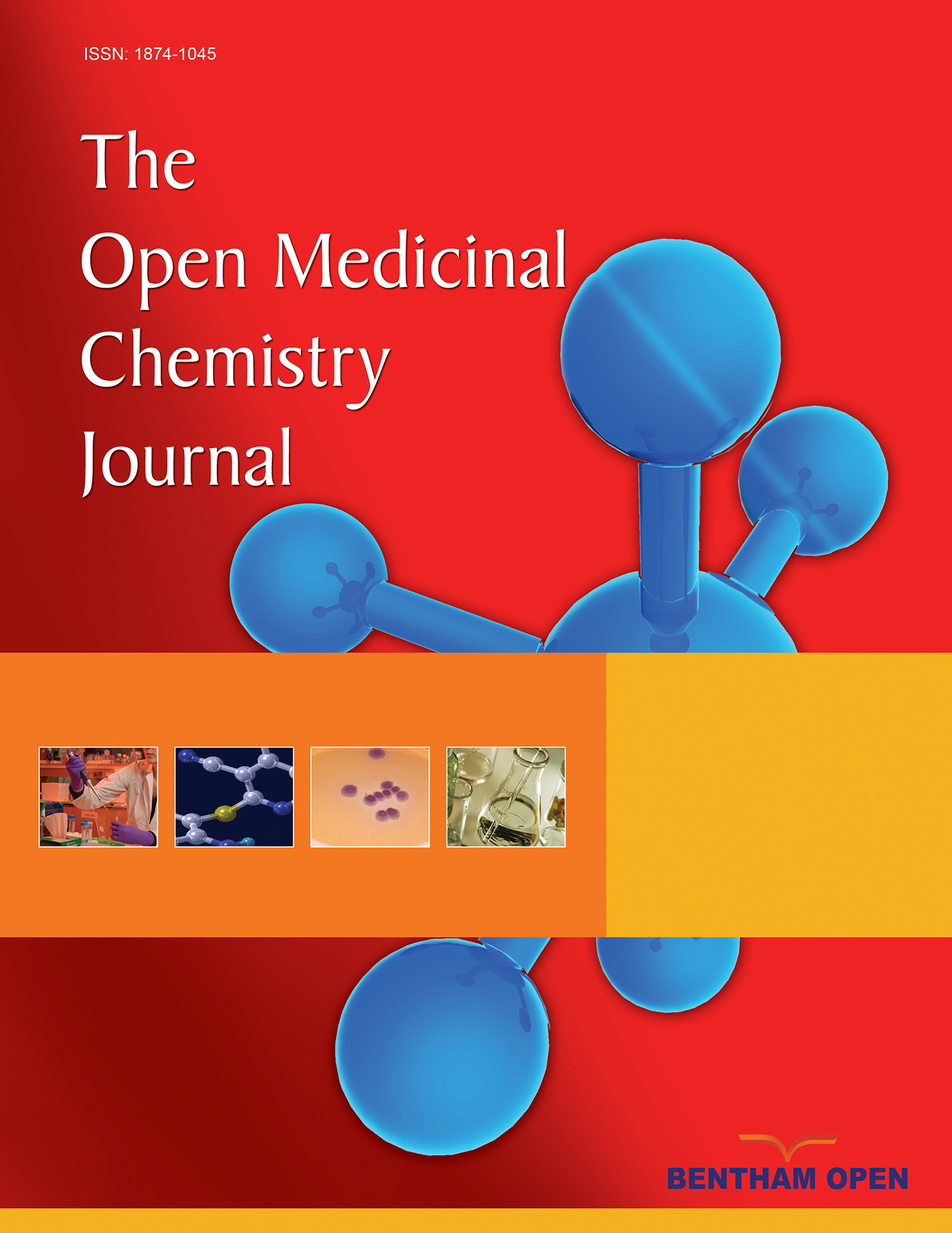All published articles of this journal are available on ScienceDirect.
Tricyclic Pyrazoles. Part 5. Novel 1,4-Dihydroindeno[1,2-c]pyrazole CB2 Ligands Using Molecular Hybridization Based on Scaffold Hopping
Abstract
In search of new selective CB2 ligands, the synthesis and preliminary biological evaluation of novel 1,4-dihydroindeno[1,2-c]pyrazole hybrids of the highly potent prototypicals 5-(4-chloro-3-methylphenyl)-1-(4-methylbenzyl)-N-fenchyl-1H-pyrazole-3-carboxamide 1 and 1-(2,4-dichlorophenyl)-6-methyl-N-(piperidin-1-yl)-1,4-dihydroindeno[1,2-c]pyrazole-3-carboxamide 2 are detailed.
We postulated that the introduction of those pharmacophoric elements essential for activity of 1 in the tricyclic core of 2 might provide CB2 ligands with further improved receptor selectivity and biological activity. Among the compounds, 6-chloro-7-methyl-1-(2,4-dichlorophenyl)-N-fenchyl-1,4-dihydroindeno[1,2-c]pyrazole-3-carboxamide (22) exhibited low two digit nanomolar affinity for the cannabinoid CB2R and maintained a high level of CB2-selectivity.


